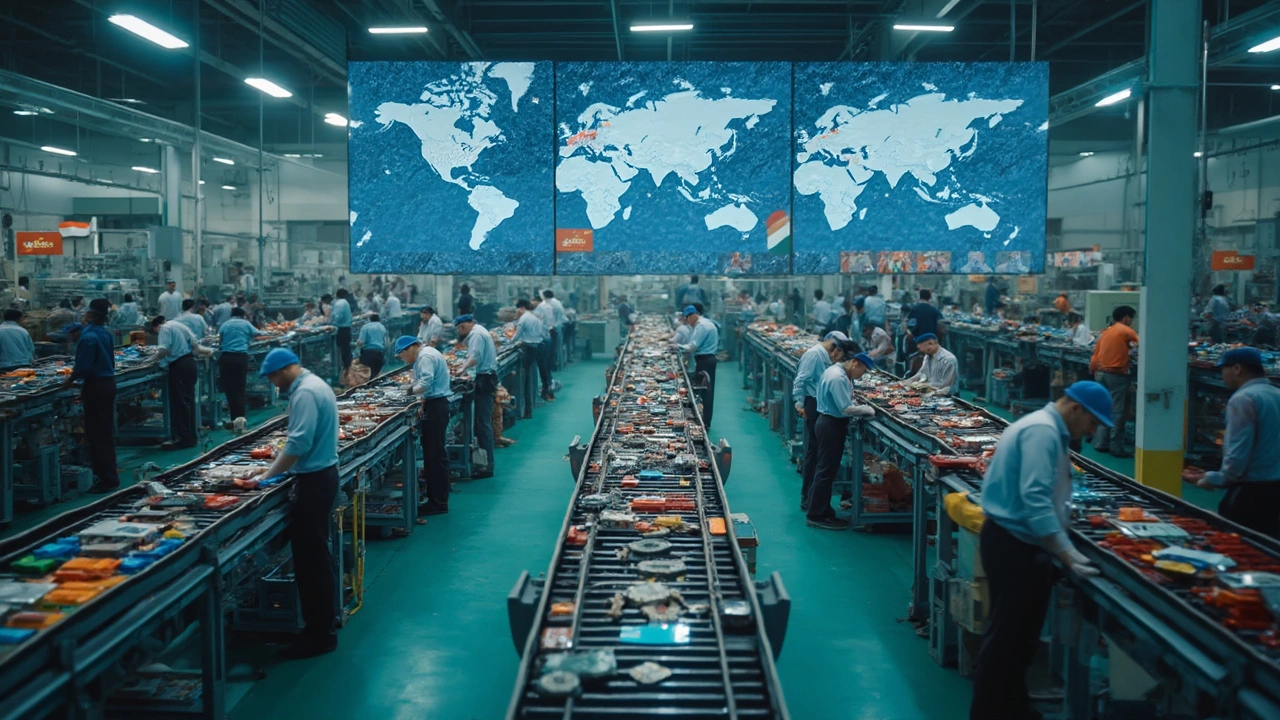Industrial Policies Shaping India’s Manufacturing Landscape
If you run or plan to start a manufacturing venture in India, the first thing you’ll hear about is the ever‑changing set of industrial policies. These are the rules, incentives, and targets the government puts out to guide factories, boost exports, and create jobs. Think of them as the playbook that decides whether you get tax breaks, cheaper land, or easier access to raw materials. Getting a grip on this playbook can mean the difference between a smooth launch and a costly stumble.
Why do these policies matter so much? Because they directly touch the costs you pay and the profits you earn. A subsidy on electric motor purchases can shave off a big chunk of your capital expense. A stricter emissions rule might force you to upgrade equipment, but it could also open doors to green‑finance options. In short, each policy tweak reshapes the financial picture of your plant.
India has rolled out several flagship schemes that are now part of everyday business chatter. The "Make in India" push encourages domestic production by simplifying approvals and offering duty exemptions for certain components. Production‑Linked Incentive (PLI) schemes reward manufacturers for reaching export or production targets in sectors like electronics, pharma, and textiles. Meanwhile, the shift from BS4 to BS6 emission standards forced many automotive and engine makers to revamp their lines, but also spurred growth in after‑market services.
Why Industrial Policies Matter
Every policy is a lever that can lift or lower an industry’s potential. When the government announces a new tax holiday for renewable‑energy equipment, factories quickly adopt solar panels to cut power bills. Conversely, a hike in import duties on raw steel nudges steel‑intensive producers to source locally, which can boost domestic mills. For you, staying aware means you can plan investments ahead of time, avoid surprise costs, and tap into any incentive money that’s up for grabs.
Latest Policy Moves You Should Know
In the past year, a few key updates have been buzzing around the manufacturing community. First, the second phase of the PLI scheme added incentives for bulk‑ceramic capacitors and medical devices – sectors where Indian firms are gaining global traction. Second, the government introduced a green‑manufacturing credit that offers lower interest rates for plants that meet energy‑efficiency benchmarks. Third, a temporary reduction in customs duty on certain high‑tech components aims to keep India competitive in the global electronics supply chain. Each of these moves creates a narrow window where early adopters can secure a competitive edge.
So, what should you do right now? Keep an eye on the Ministry of Commerce and the Department for Promotion of Industry and Internal Trade (DPIIT) releases – they usually publish policy updates on their websites and through press advisories. Align your production plans with the incentives that match your sector; for example, if you’re in pharma, map your product pipeline to the PLI criteria. Finally, talk to local consultants who specialize in government schemes – they can help you file applications correctly and avoid common pitfalls.
Bottom line: industrial policies are not just bureaucratic fluff; they’re practical tools that can boost your bottom line. By treating them as a regular part of your business strategy, you’ll turn regulation into opportunity and keep your manufacturing operation moving forward with confidence.

Manufacturing Capital of the World: Who Holds the Crown in 2025?
Ever wondered which country actually leads the world in manufacturing? This article unpacks where the world's goods come from, why certain countries dominate, and what government schemes drive the industry. You'll see how policies shape manufacturing powerhouses and what other contenders are doing to catch up. With practical insights and real-world examples, it gives a fresh look at the global manufacturing race.
